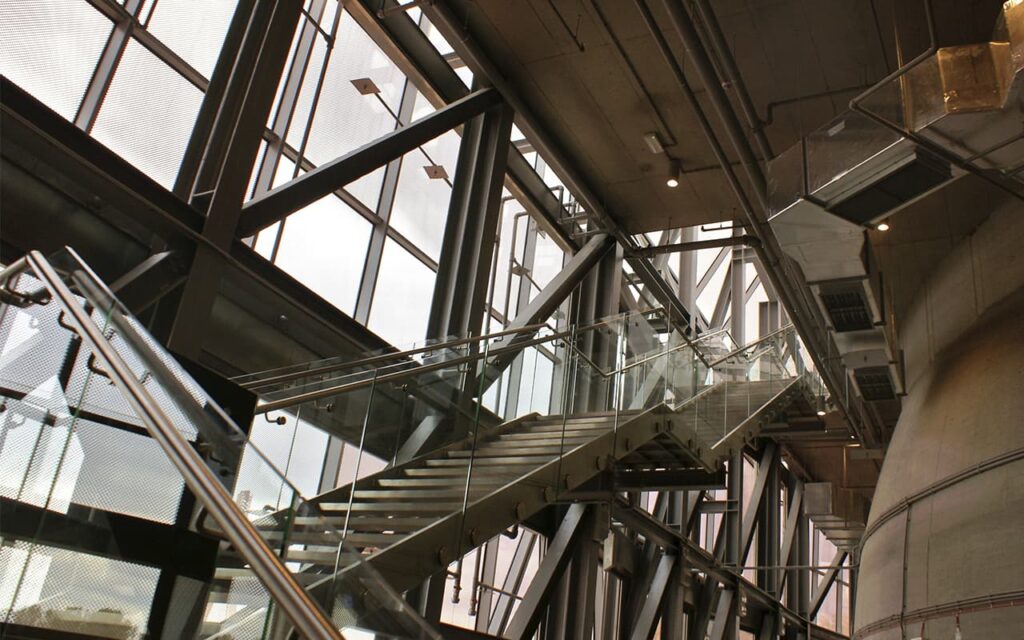Artifacts are often the most interesting part of archaeological research. Priceless or ordinary, they are key to deciphering archaeological records and information about how people lived in the past. Most of the information during an archaeological excavation is gathered from the context of the artifact, or from the location of the artifact and what other objects it was recovered with. Artifacts and their contexts help archaeologists describe and compare aspects of past cultures, and form a chronology of those cultures, although there are limits to how much scientific information artifacts alone can provide.
An artifact is any object that has been intentionally designed and shaped by human efforts. Some artifacts are discovered by accident, such as a farmer plowing his field or a builder digging a foundation. However, archaeological excavation and artifact retrieval are always conducted using well-established methods designed to record as much information as possible about the site and its artifact assemblage or group of objects found.
When collecting artifacts from archaeological sites, archaeologists try to establish and document the context in which the artifact was found. To understand the context, they must take care to document the exact horizontal and vertical position of the artifact, its relationship to the layer in which it was found (its stratigraphic position), and any cultural factors that contributed to its location. Each stage of the excavation is recorded with detailed maps and photographs. Some archaeologists use specially prepared data sheets to record information about the artifacts they find, which they later enter into a computer. The recovered artifacts are placed in bags (sometimes assigned field numbers) before being sent to a laboratory for analysis.
History is like a mysterious book written by time, which we can open with the help of artifacts from the past. Factory artifacts become the keys to understanding the lifestyle, technology, and cultural characteristics of the era when plants and factories were operating at full capacity. In this article, we will dive into the world of reconstructing the past through factory artifacts, exploring how they help us learn about how people lived and worked back then.
Every object found in the excavations of factories and plants tells a story. From ancient tools to product fragments, from interior decor to work clothes, all of these are a puzzle, and by putting them together we can recreate a picture of the past. These artifacts become windows through which we can look into the life and work of past generations.
Production artifacts reflect the technological evolution of the era. What tools were used in factories? What methods of material processing were popular? Artifacts give us hints of technological innovations and trends, helping us to understand how production has changed and improved over time.
Often, artifacts are directly related to the daily lives of those who worked in factories. Leftover food, work clothes, personal items – all of these tell us about the working conditions and everyday concerns of the working class. These objects become symbols not only of labor, but also of the way of life of the time.
